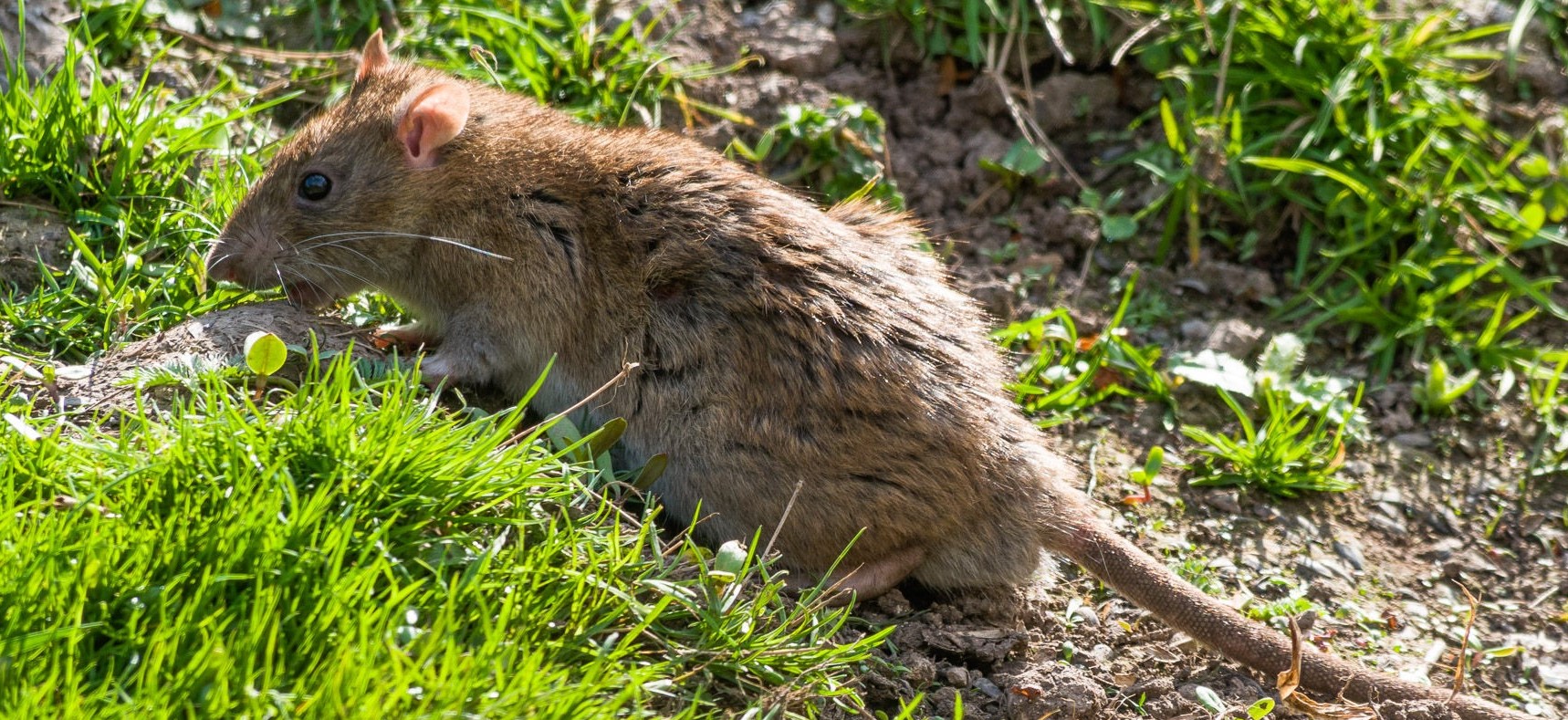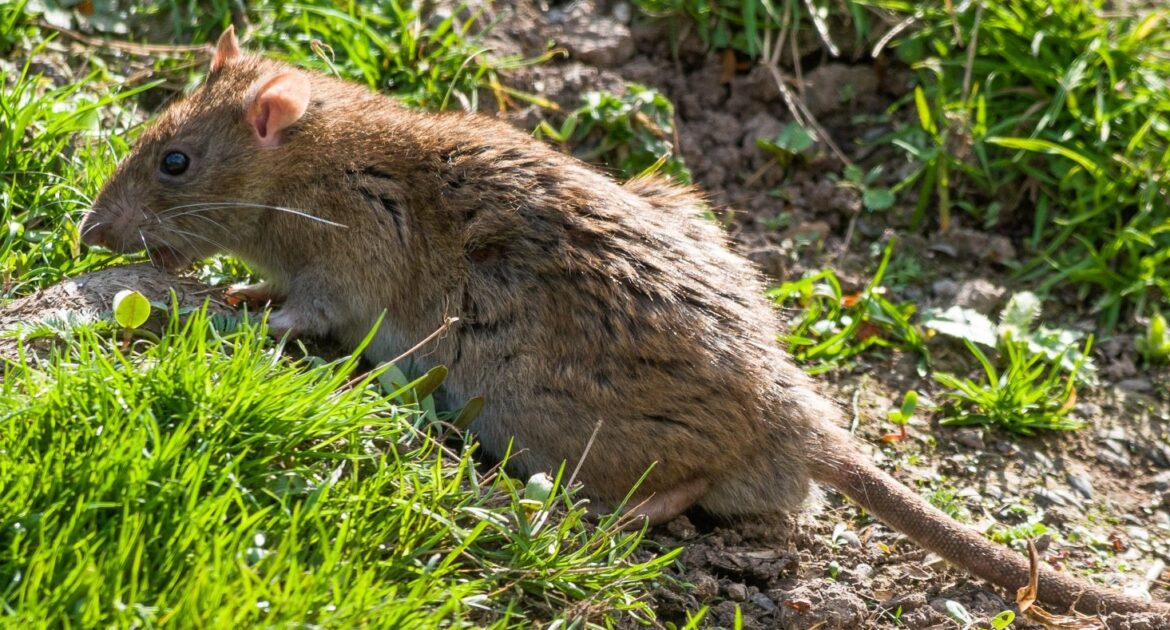This winter in Toronto has been tough, with freezing temperatures and heavy snow, not just for us, but for the city’s wildlife too. Do you think rodents slow down in the cold? Think again. These resilient creatures have adapted to survive, from sneaking into homes for warmth to scavenging for food wherever they can.
At Skedaddle Humane Wildlife Control, we’ve seen firsthand how winter affects rodent behaviour. As the cold drives them indoors, knowing how to protect your home has never been more important.
Here’s what you need to know about how this winter is impacting rodents, their increased indoor activity, and what you can do to keep them out!
Increased Indoor Infestations
One of the most noticeable changes during the winter is the rise in rodent infestations inside homes, garages, and other buildings. Why? Because that’s where the warmth is.
- Mice and Rats Seek Warmth Indoors: When it’s freezing outdoors, rodents do everything they can to stay warm. For many, that means sneaking into basements, attics, and even kitchens. They can squeeze through tiny gaps or chew their way inside to build their nests.
- More Rodents Indoors Lead to Bigger Problems: Once inside, these animals can cause serious trouble. They chew on wires, wood, and insulation, which can lead to costly repairs or even fire hazards. Rodents also contaminate food, countertops, and other surfaces with their droppings, which can spread diseases like salmonella and hantavirus.
- Health Concerns Increase with Rodent Activity: With more rodents indoors, the risk of spreading illnesses grows, too. Their droppings, urine, and shedding fur can affect air quality and trigger allergies.
Keeping rodents out of your home in the winter can make all the difference. Sealing entry points and decluttering areas like basements and garages can help prevent these uninvited guests from settling in.
Winter Survival Strategies of Rodents
Rodents are experts at staying hidden during the colder months. To survive, they stockpile food in secret places like walls, attics, or under floorboards, making it tough for homeowners to notice an infestation right away.
Along with storing food, they create well-insulated nests using anything they can find—shredded paper, fabric, or even pieces of insulation. These nests keep them warm and out of sight, which helps them avoid detection.
What makes the situation worse is their ability to reproduce quickly. Even in the colder months, rodents don’t slow down their breeding. With females capable of giving birth to large litters in just weeks, a small invasion can grow into a much bigger problem in no time. This combination of hidden food supplies and rapid reproduction means infestations can escalate before you even realize they’ve started.
Understanding these seasonal wildlife changes can help you take steps to prevent infestations early. Spotting signs like shredded materials or unusual activity can be a good indicator to address the problem before it gets out of hand.
Limited Outdoor Food Sources
Snow and ice can block access to the natural food that wildlife depends on. For rodents, this means they have to get creative when it comes to finding meals.
- Garbage Bins are Easy Targets: With outdoor food sources being scarce, rodents turn to curbside garbage bins. Leftovers and improperly sealed trash provide easy meals for hungry mice and rats.
- Compost Piles Attract Rodents: While composting is great for the environment, it can also be a buffet for rodents during the winter. Food scraps and organic waste become irresistible when other options are limited.
- Pet Food Inside or Outside the Home Lures Rodents: If pet food is stored in accessible containers or left outside, it can attract rodents. They are quick to take advantage of any exposed food.
With less food available outdoors, rodents rely on human habits to survive. Securing trash bins, compost piles, and pet food can reduce the chances of rodents being drawn to your property.
Impact of Warmer Winters on Rodent Populations
Milder winters are changing the way rodents behave and grow in cities like Toronto. Studies show that fewer freezing days mean rodents don’t face the same survival challenges they used to. Instead of slowing down, they stay active for longer periods, giving them more chances to find food, build nests, and reproduce. This extended activity leads to bigger populations, which can quickly become a problem for homeowners and urban areas.
Toronto’s growing rat population isn’t just about the weather. Urbanization has a role to play, too. Construction and increased density create ideal living conditions for rodents, with plenty of hiding spots and access to food.
At the same time, climate change seems to be tipping the scales in favour of these adaptable creatures. Together, these factors make managing rodent issues in Toronto an ongoing challenge.
Recognizing how Toronto rodent behaviour adapts to these conditions is key to preventing infestations. Keeping properties clean and secure can go a long way in keeping these adaptable animals out of your home.
The Growing Rodent Problem in Toronto
Toronto has seen a sharp rise in rodent activity, making it one of the top three cities globally for rat population growth. It’s not just a small issue anymore. Pest control experts have noted a significant increase in infestations, with more calls than in previous years. This growing problem highlights how adaptable these animals are, especially in urban settings.
One contributing factor is construction. New building projects disturb underground burrows, forcing rodents to find new places to live. Unfortunately, those places are often near homes and businesses.
Urbanization adds to the problem by creating plenty of hidden spaces, like alleyways, basements, and storage areas, where rodents can nest and reproduce. With so many food and shelter options, it’s no surprise their numbers keep climbing.
Toronto’s Response to the Rodent Issue
Toronto is stepping up its efforts to handle the ongoing rodent problem. The City Council is working on a new plan aimed at reducing infestations. Some of their strategies involve keeping a closer eye on areas that are known hotspots for rodent activity, as well as improving how garbage is handled across the city.
They’re also encouraging property owners to pest-proof their buildings by sealing off entry points and removing easy access to food or shelter. These steps are designed to make it harder for rodents to thrive in urban areas.
That said, controlling rodent populations comes with a set of challenges. Unlike Alberta, which is famous for being rat-free, Toronto’s dense urban landscape and climate make total eradication unrealistic.
Adding to that, some cities have started trying new ideas, like using rodent birth control to manage populations. However, these methods aren’t currently allowed in Canada, so it will take time before such options are even considered here.
A Humane Choice for Rodent Control
This year’s harsh winter has shown just how adaptable rodents can be in Toronto. The freezing temperatures have driven them closer to homes and businesses, making it more important than ever to understand their behaviour. By learning about the winter impact on rodents and how seasonal wildlife changes affect their movements, you can take steps to protect your property from unwanted guests.
If you’re dealing with rodent problems or want to prepare for the challenges winter brings, Skedaddle Humane Wildlife Control in Toronto is here to help. With a focus on humane and effective solutions, they can ensure your space stays safe and rodent-free. Don’t wait until the problem grows; take action now to keep your home or business protected.




